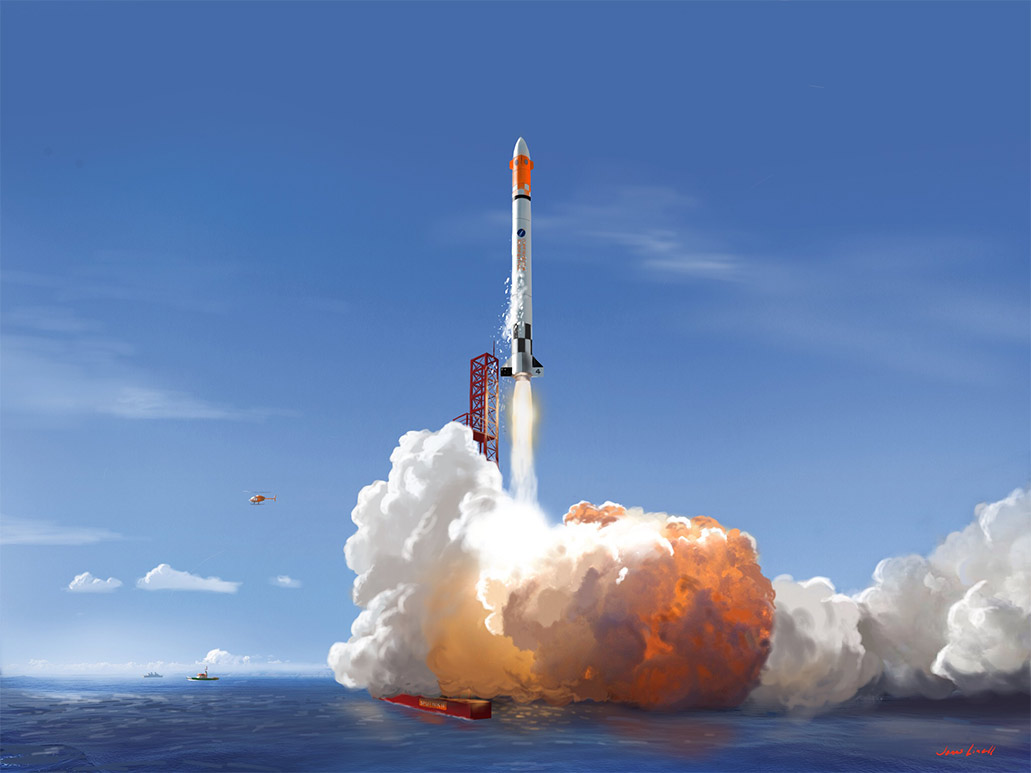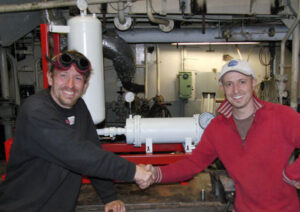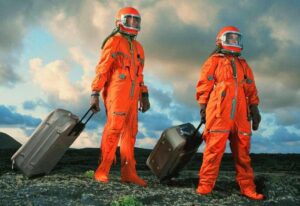Copenhagen Suborbitals History
21st Dec 2020
Peter Madsen and Kristian von Bengtson co-founded the Copenhagen Suborbitals company in 2008 and already in 2011, they managed to launch their first HEAT-1X rocket with a hybrid engine. The rocket carried a capsule containing a full-size dummy, which created an imitation of a manned flight. The launch was carried out from the Satellite offshore platform in the Baltic Sea and caused a huge resonance throughout the near-space world.
Thus, for the first time in history, an amateur suborbital rocket with a living capsule was launched, opening a new page in the history of space exploration.
Copenhagen Suborbitals History of Completed Launches
The launch of the CS HEAT-1X rocket with a height of 9.38 metres and a mass of 1.63 tons answered two main questions that worried the management of Copenhagen Suborbitals. Is it possible to launch a device of this size with a capsule from a sea launch pad, and how would the flight turn out? Even though the test launch was unsuccessful, the rocket deflected from the vertical, and the flight was artificially interrupted. This only pushed the CS team to further development.
A year later, the company tried again, launching a two-stage Smaragd rocket, and a year later, in 2013, Sapphire. Sapphire’s mission was to develop a navigation and thrust vector control system capable of keeping the missile on the correct trajectory.
In 2016, Copenhagen Suborbitals got to a new level of quality. The more advanced Nexø I rocket was launched, and in 2018, a modified version of it, Nexø II. Thus, the company has moved one step further towards its goal of launching a manned spacecraft with an amateur astronaut on board. The aerodynamic concept was approved, the connection between the ship and the control centre was tested. The two-component liquid-fuel engine developed by the company’s engineers also proved its worth.
Copenhagen Suborbitals Spica – Suborbital Flight Future
Today, CS’s main goal is to build a Spica X launch vehicle that will deliver a capsule with an astronaut just above the Karman line (100 km above sea level) which is where space is thought to begin. The creation of a manned system designed for suborbital flights is complicated and completely unexplored business. To date, the number of successful suborbital launches performed by other companies is only 8 episodes.
According to the CS management, their astronaut capsule will consist of subsystems that are much easier to control. Development and preparation for a manned flight will last for about 5 more years. However, the company is already looking for an astronaut who will agree to participate in the flight.
Making Amateur Rocket Launch Real
Despite ambitious plans and impressive history, Copenhagen Suborbitals works on the principle of crowdfunding, refusing any state or commercial support. All development, purchase of consumables, and software development is carried out exclusively through voluntary donations. As for Copenhagen Suborbitals employees, all its members work on a volunteer basis, investing their funds in development. Currently, the CS team consists of about 60 people, including experienced engineers, scientists, technologists, and managers. They devote their free time to create the Copenhagen Suborbitals history and do it for their own enjoyment as well as to ensure the development of the space industry.






Thank you for your comment! It will be visible on the site after moderation.